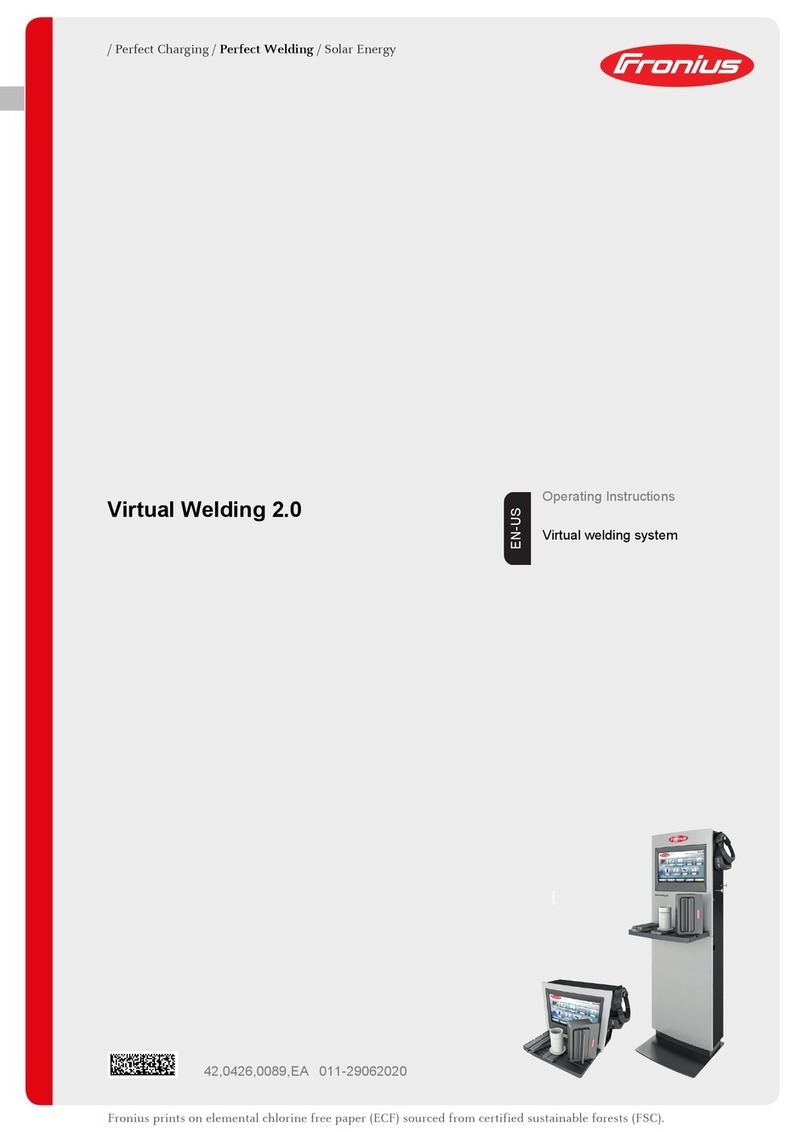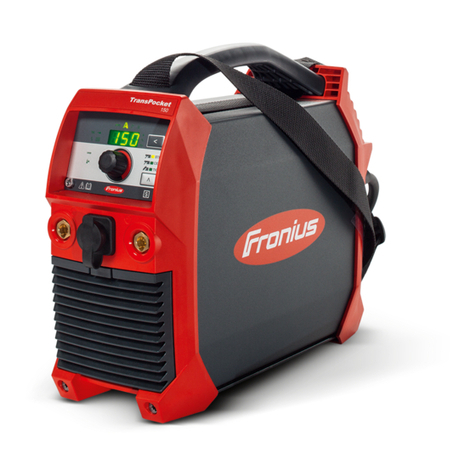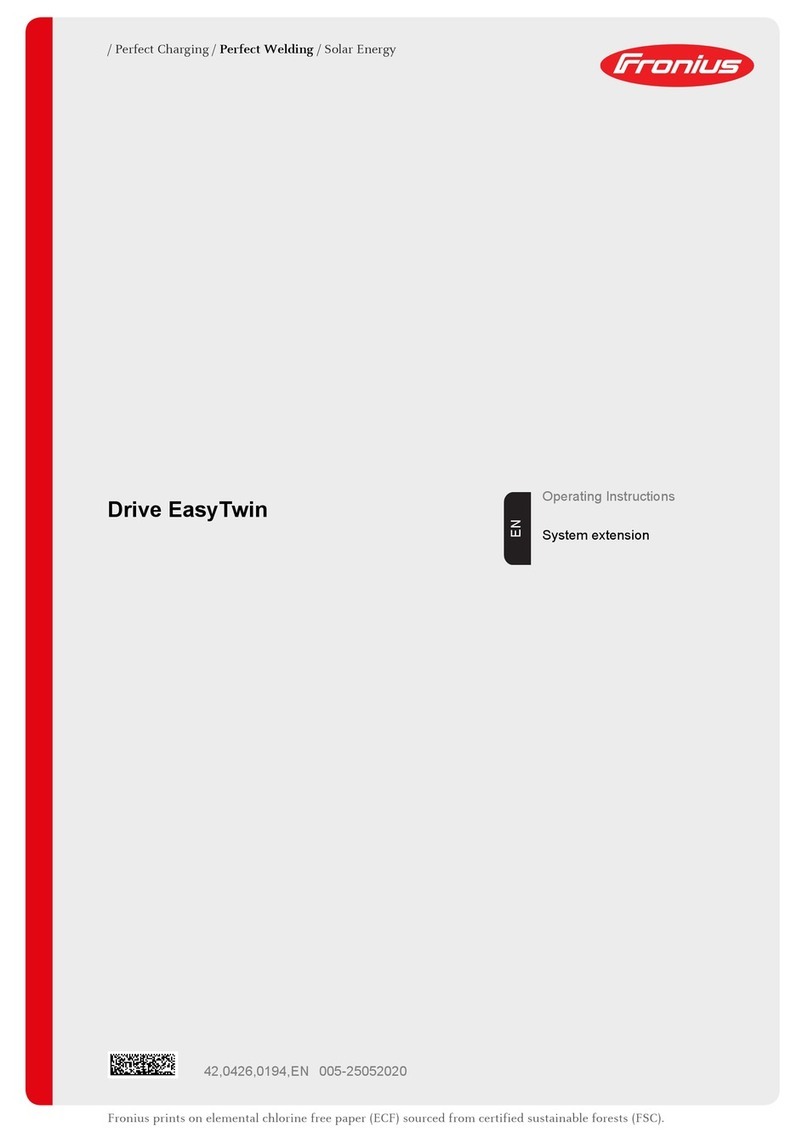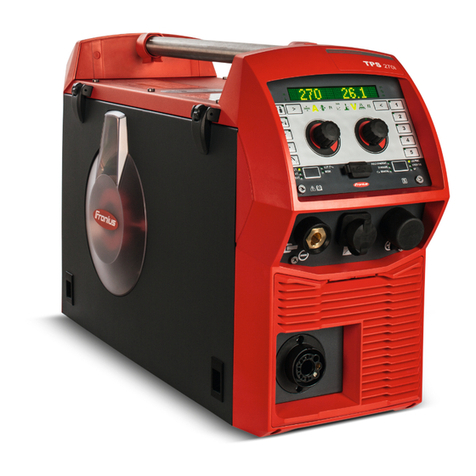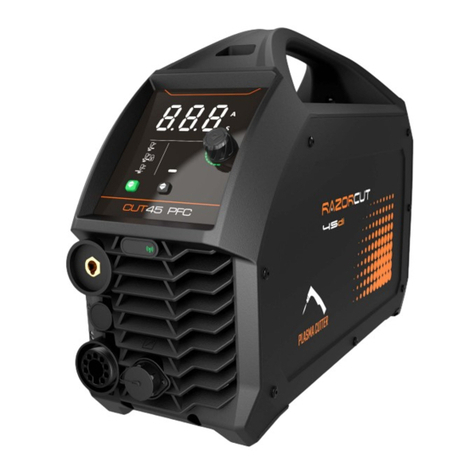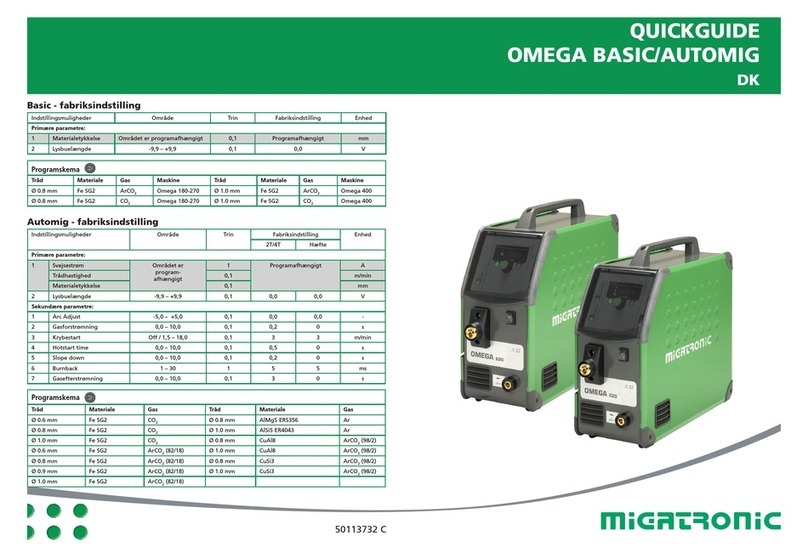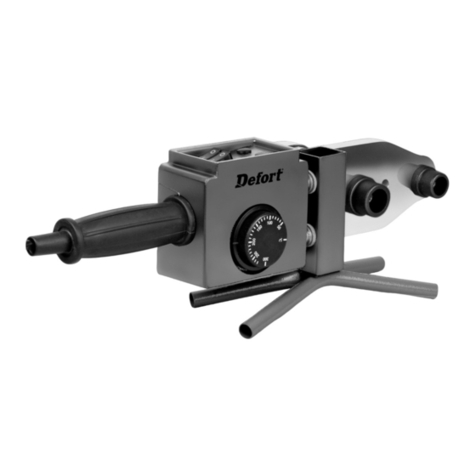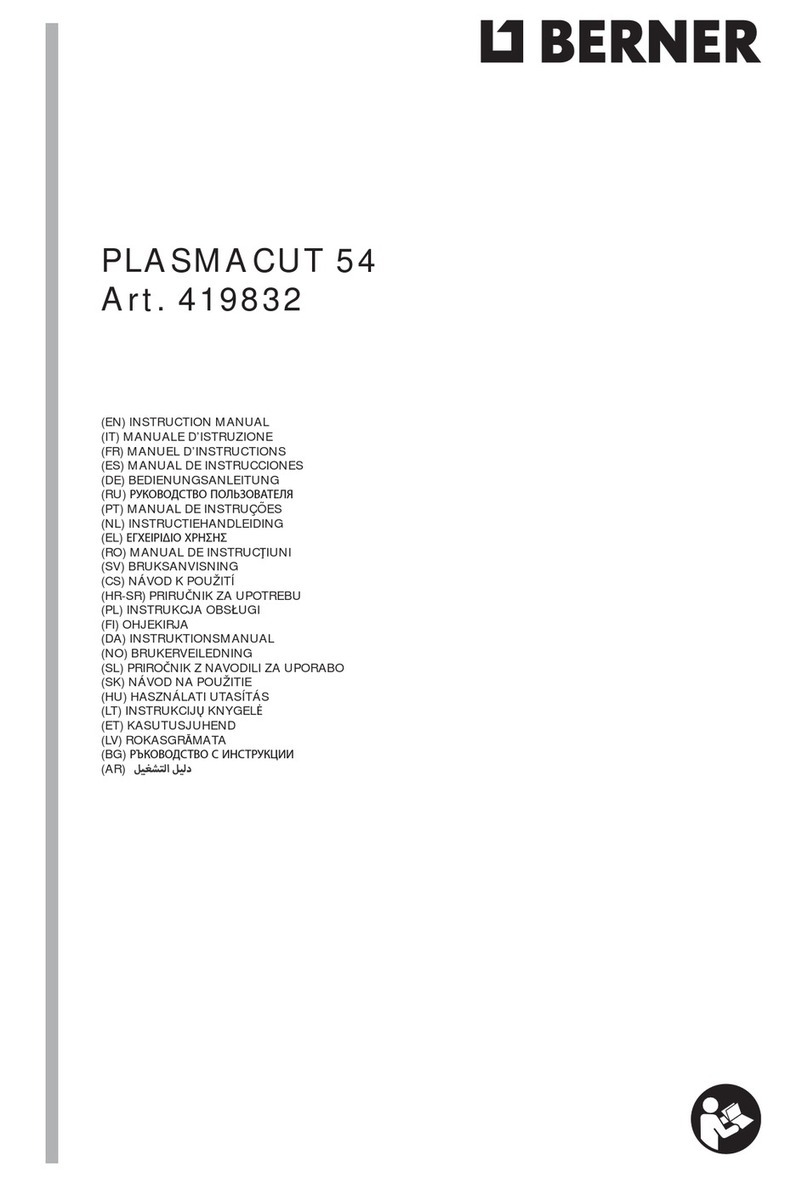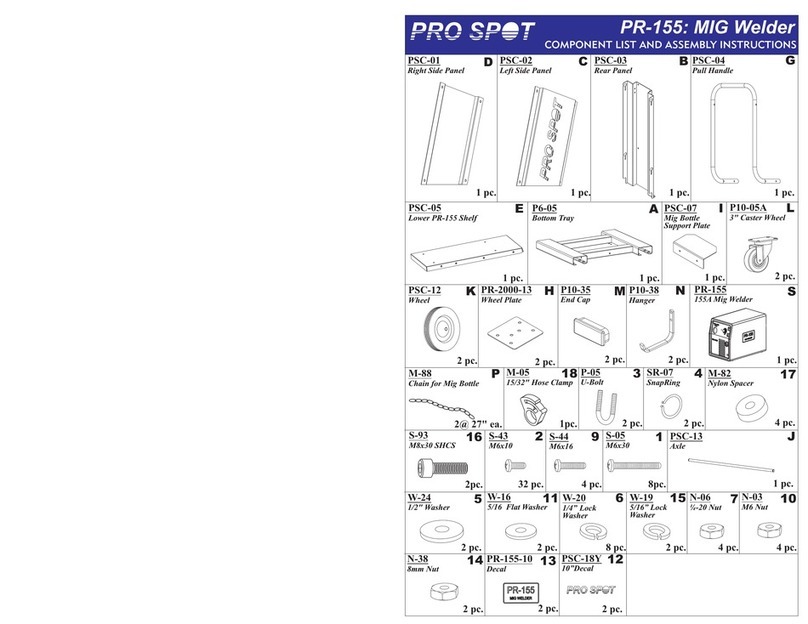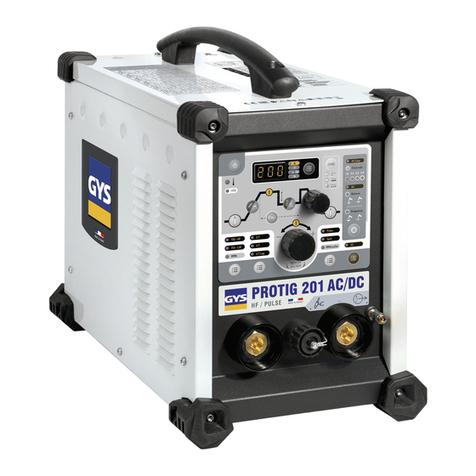FRONIUS TransSteel 3000c Pulse User manual
Other FRONIUS Welding System manuals
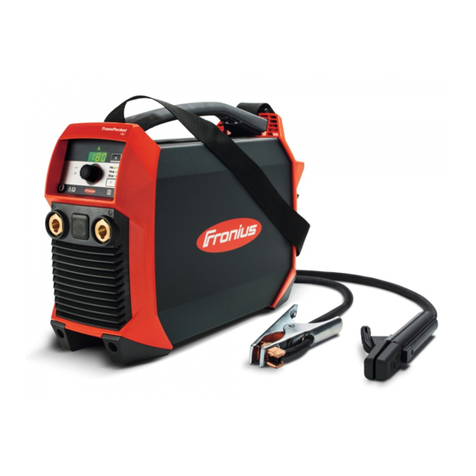
FRONIUS
FRONIUS TransPocket 1500 User manual
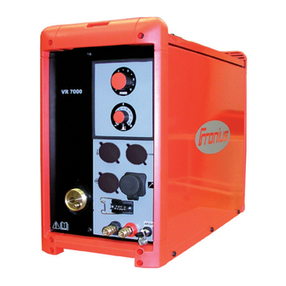
FRONIUS
FRONIUS VR 7000 User manual
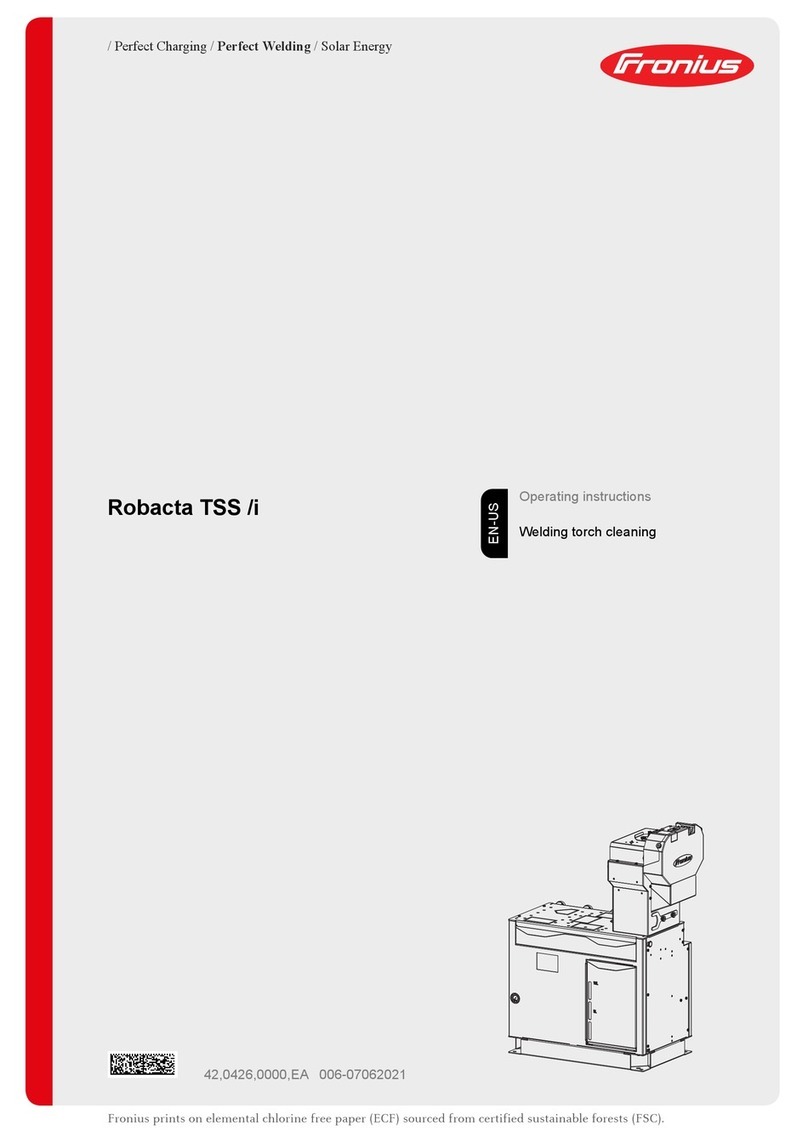
FRONIUS
FRONIUS Robacta TSS /i User manual
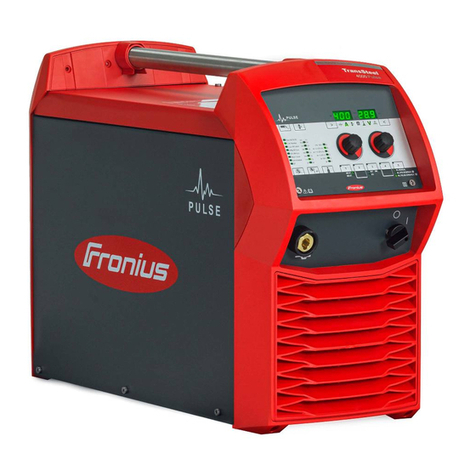
FRONIUS
FRONIUS TPS 2700 MV Parts list manual
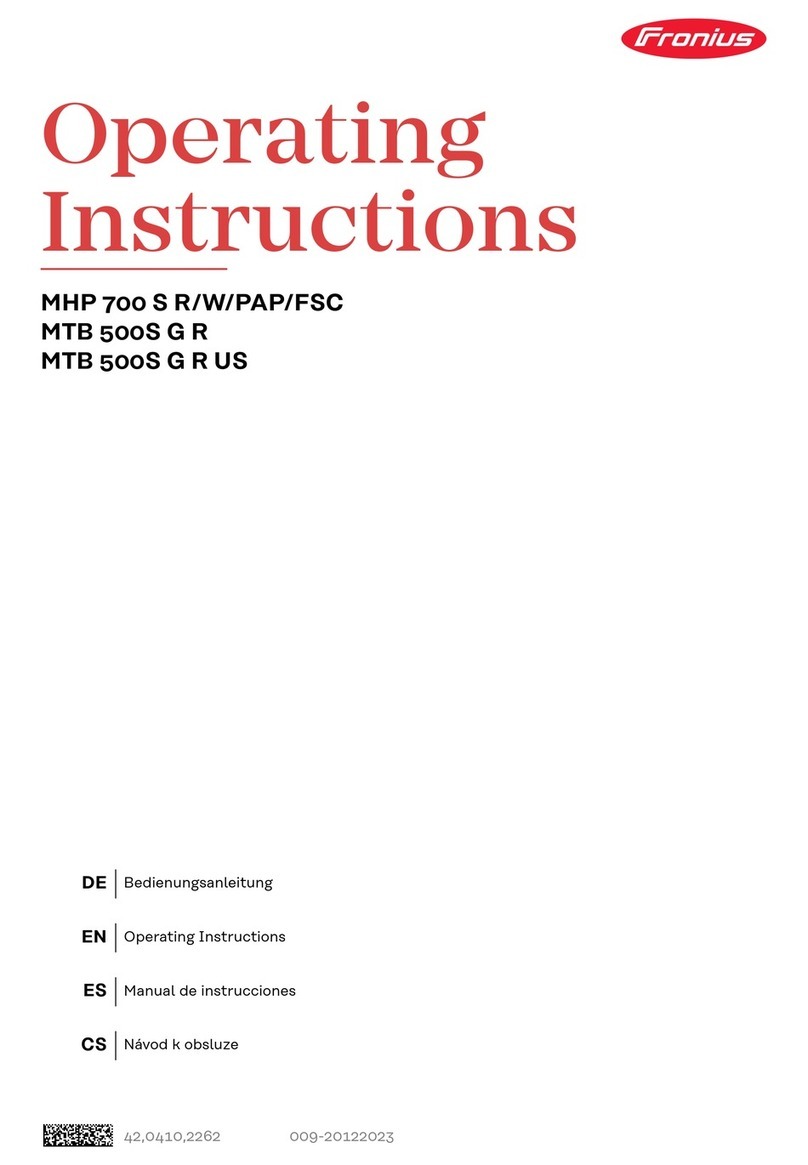
FRONIUS
FRONIUS MHP 700 S R/W/PAP/FSC User manual
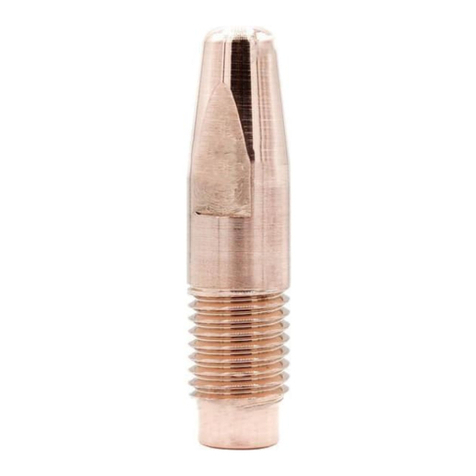
FRONIUS
FRONIUS PullMig CMT User manual
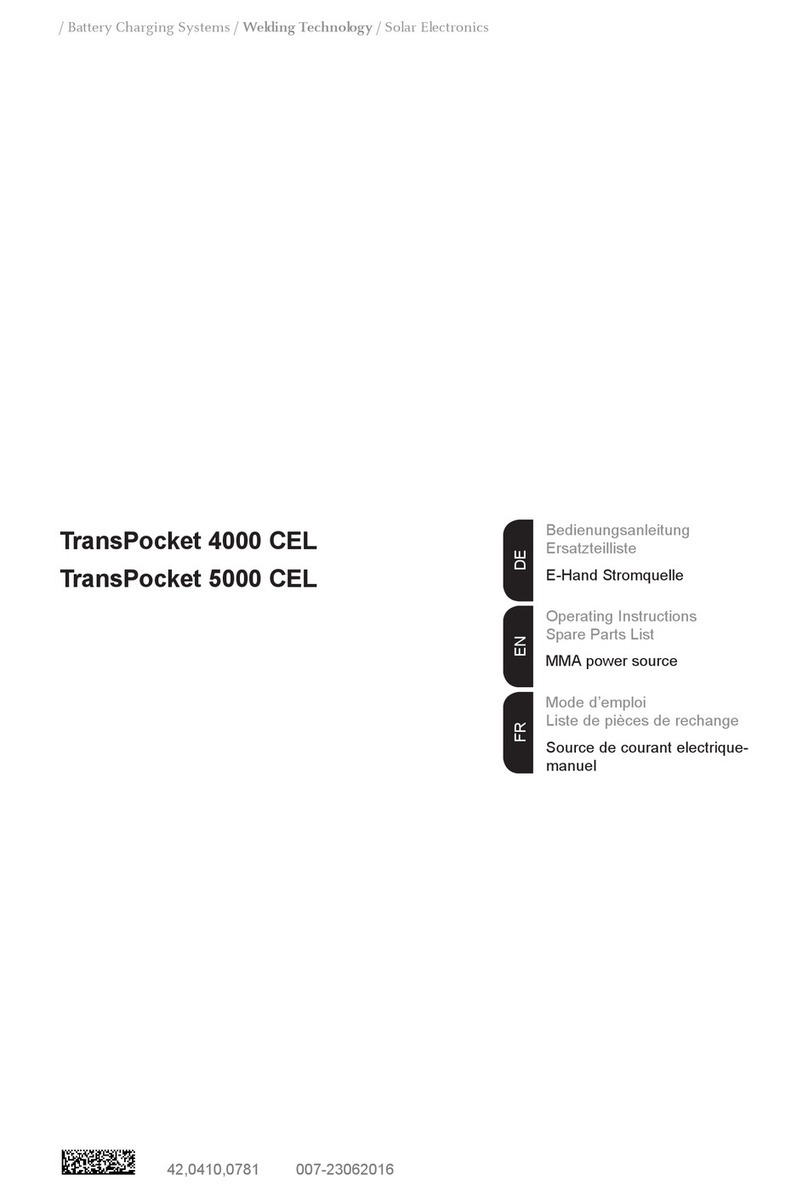
FRONIUS
FRONIUS TransPocket 4000 CEL Guide
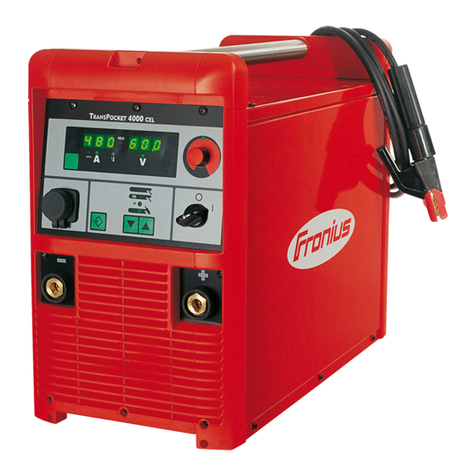
FRONIUS
FRONIUS TransPocket 4000 CEL User manual
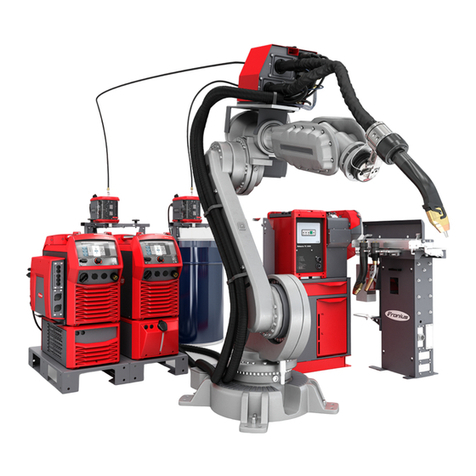
FRONIUS
FRONIUS TPS/i Robotics TWIN Push User manual
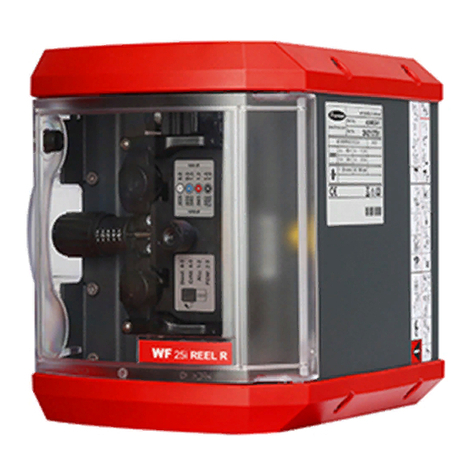
FRONIUS
FRONIUS TPS/i Push User manual
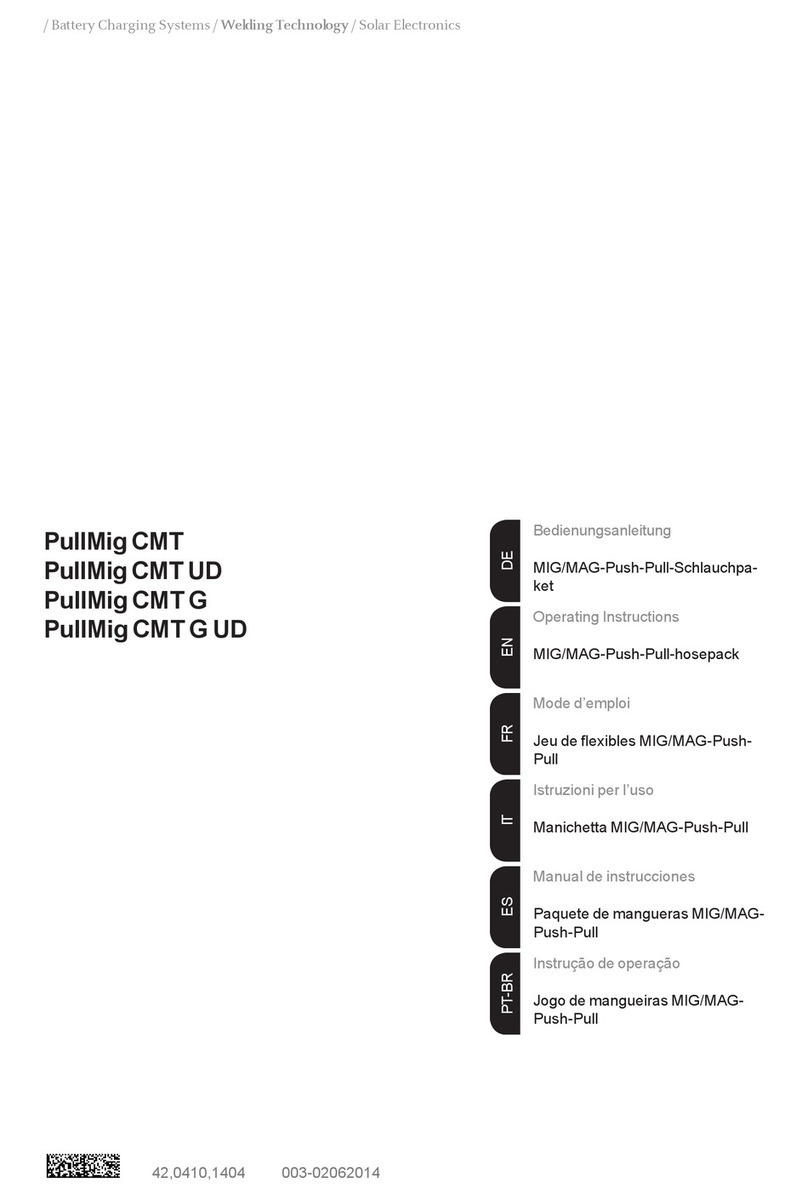
FRONIUS
FRONIUS PullMig CMT User manual
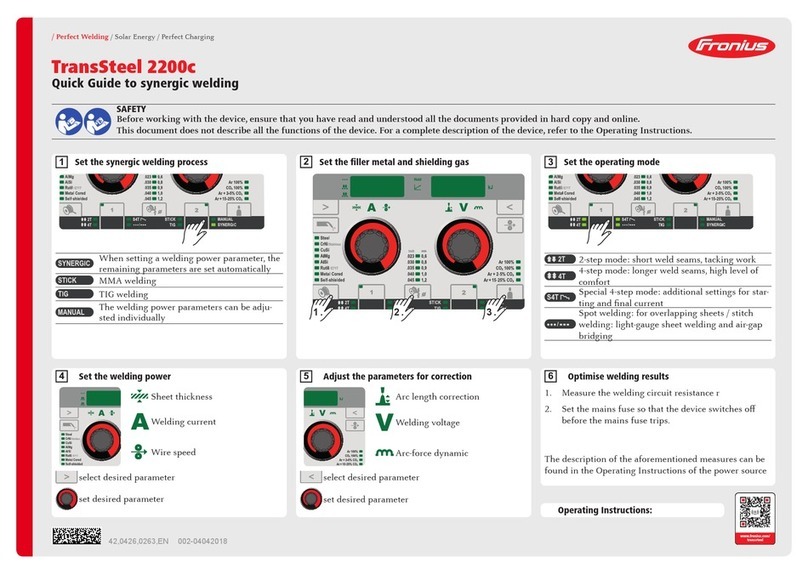
FRONIUS
FRONIUS TransSteel 2200c User manual
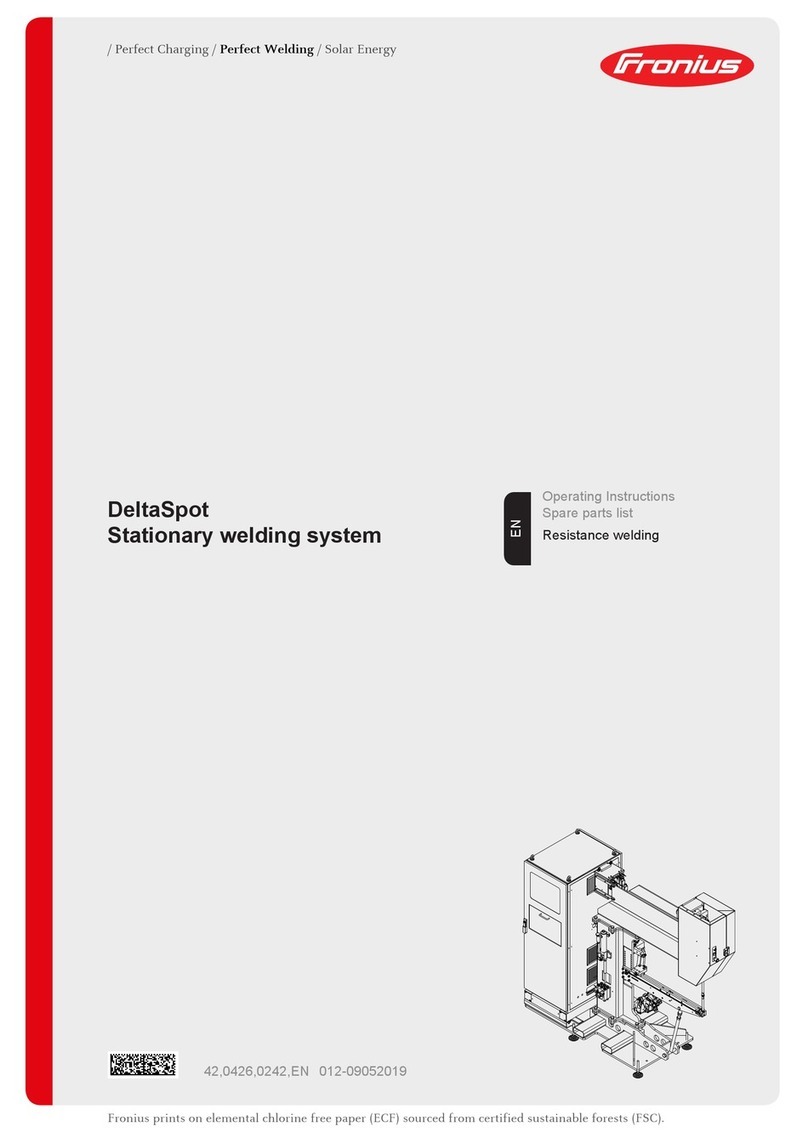
FRONIUS
FRONIUS DeltaSpot Series Guide
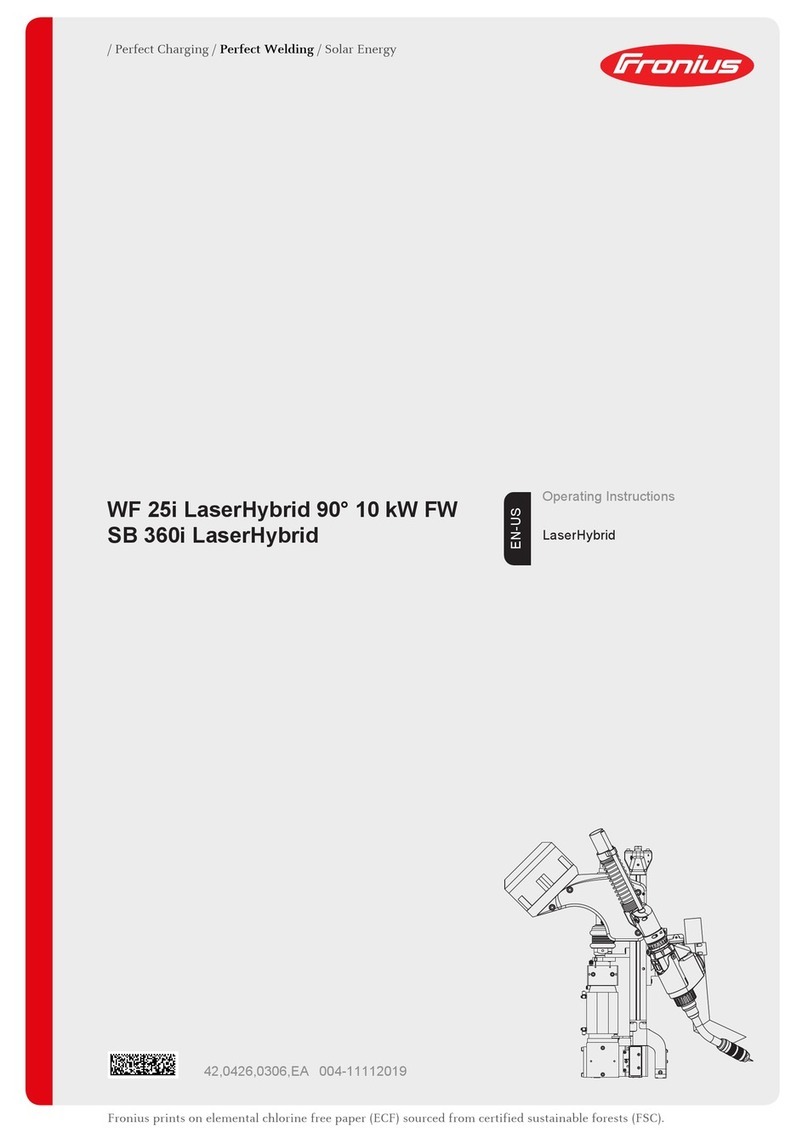
FRONIUS
FRONIUS LaserHybrid Series User manual
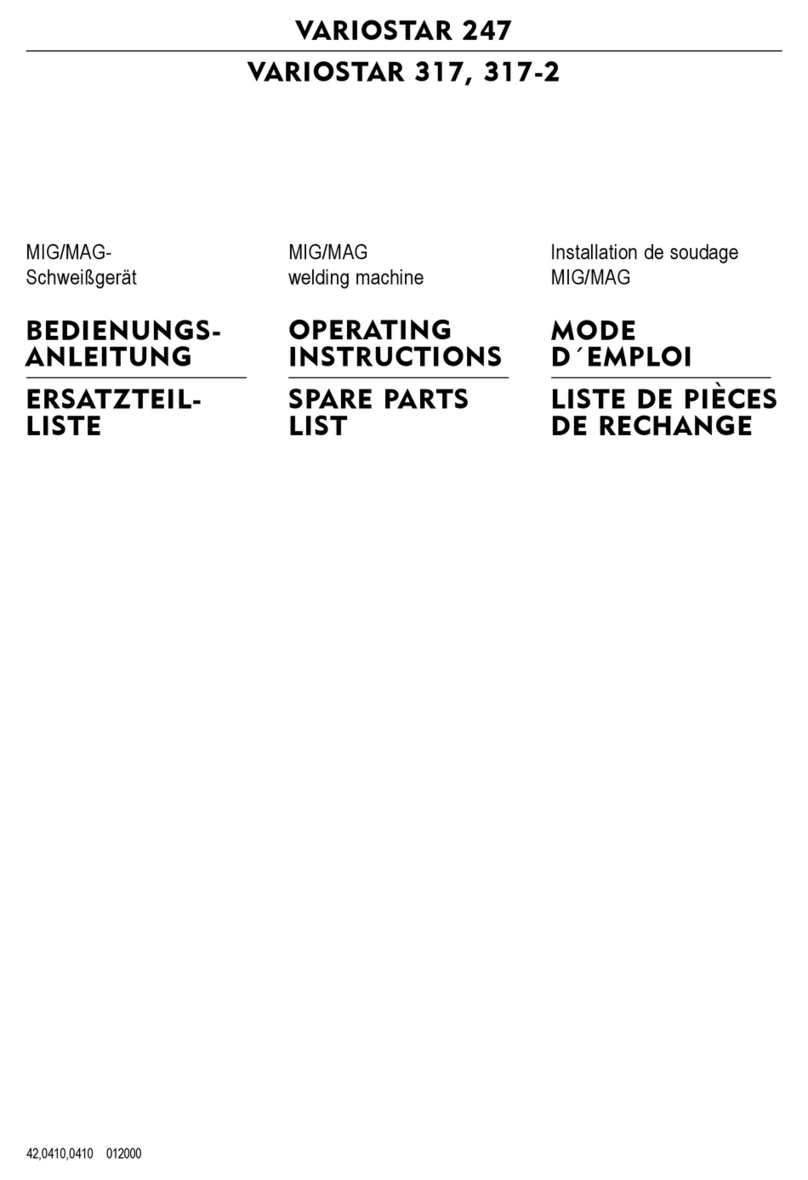
FRONIUS
FRONIUS VST 247 User manual
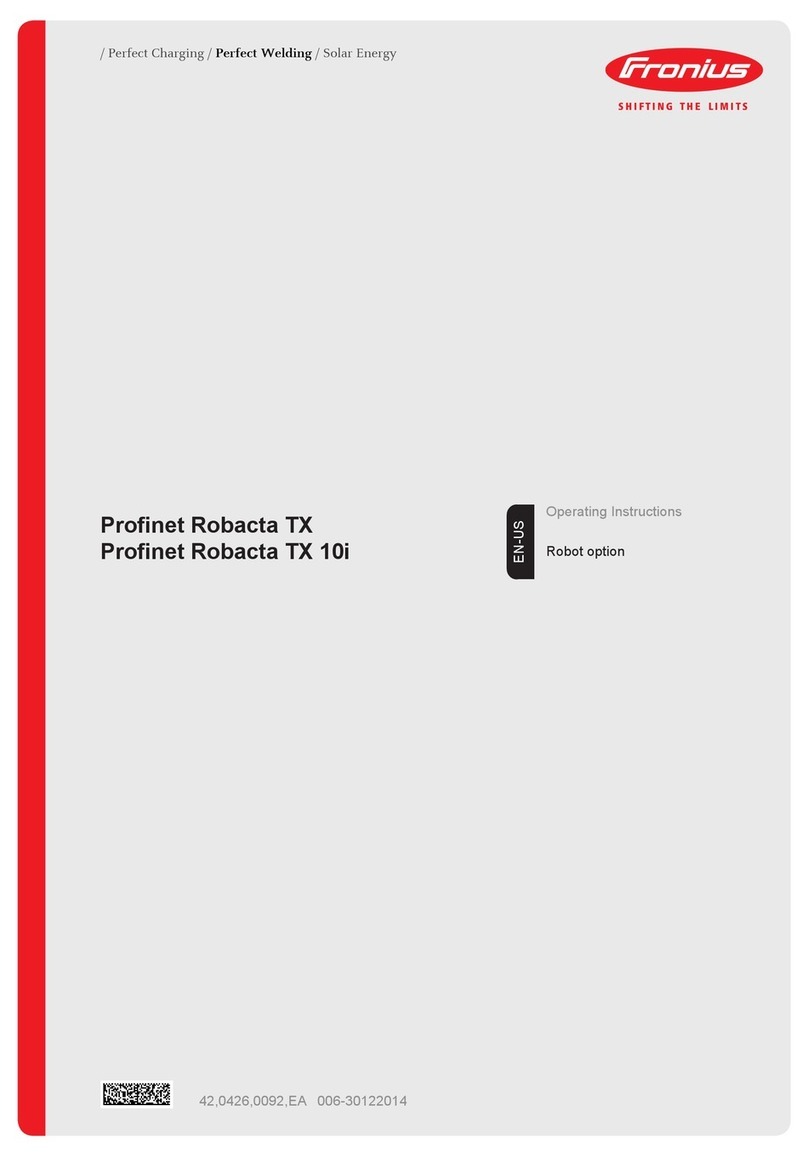
FRONIUS
FRONIUS Profinet Robacta TX User manual
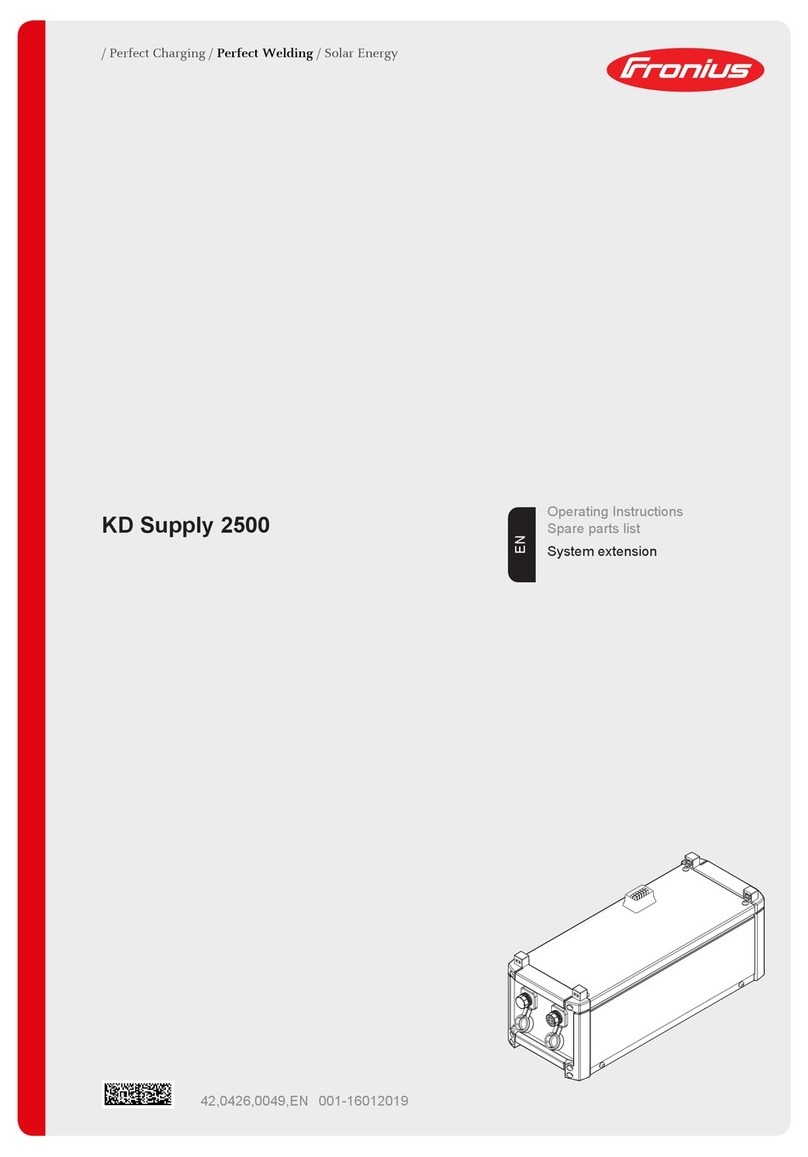
FRONIUS
FRONIUS KD Supply 2500 User manual
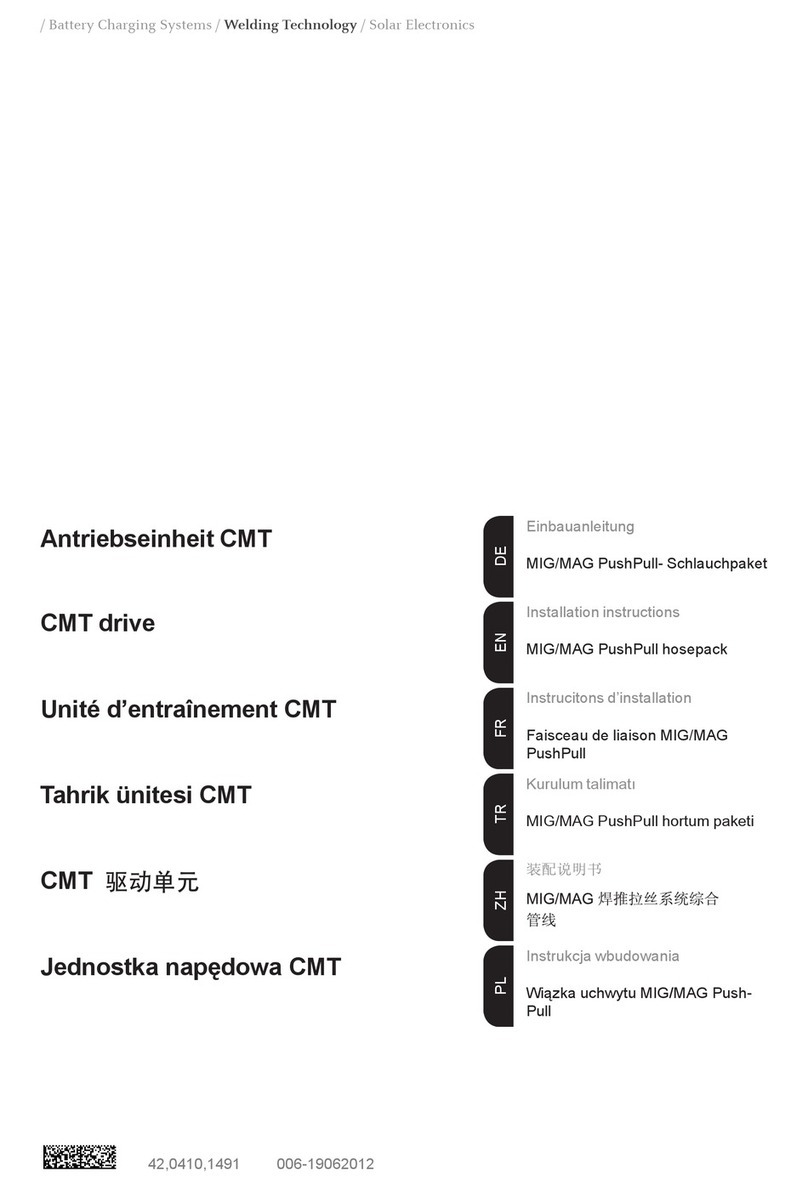
FRONIUS
FRONIUS CMT drive User manual

FRONIUS
FRONIUS Robacta Reamer V Comfort User manual
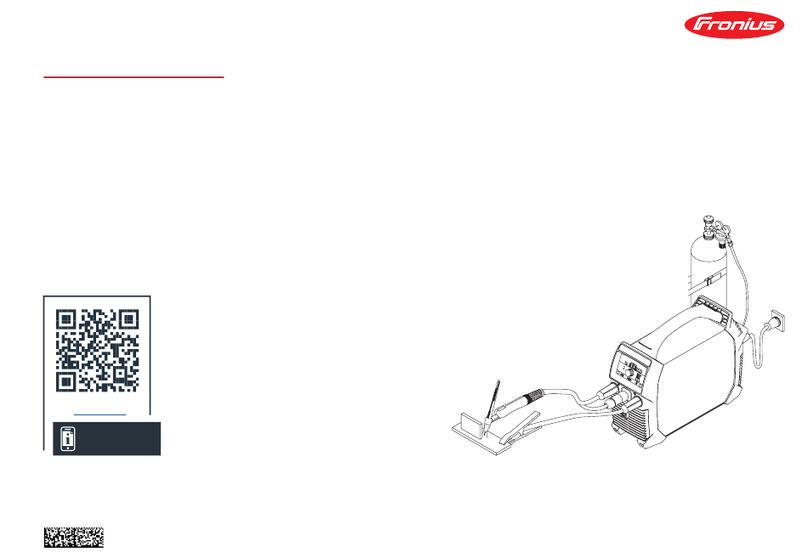
FRONIUS
FRONIUS Ignis 180 TIG User manual
Popular Welding System manuals by other brands

Hobart Welding Products
Hobart Welding Products AirForce 375 owner's manual
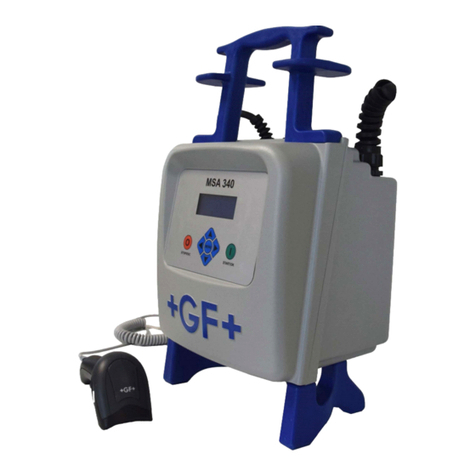
GF
GF MSA 330 instruction manual

Hakko Electronics
Hakko Electronics FX-888D instruction manual
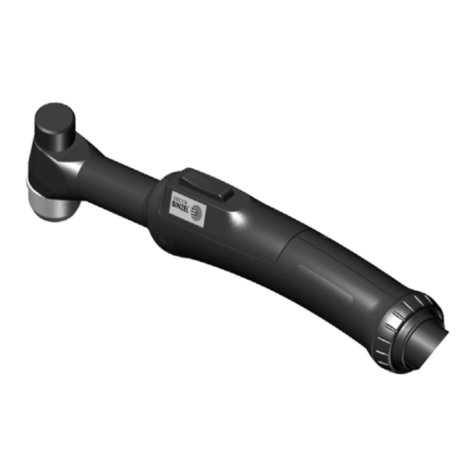
Abicor Binzel
Abicor Binzel ABIPLAS WELD 100 W operating instructions
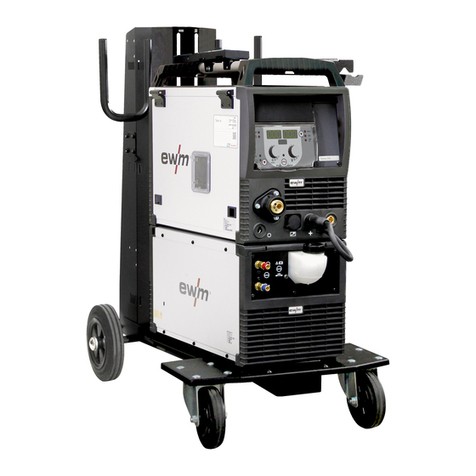
EWM
EWM Taurus 355 Basic TDM operating instructions
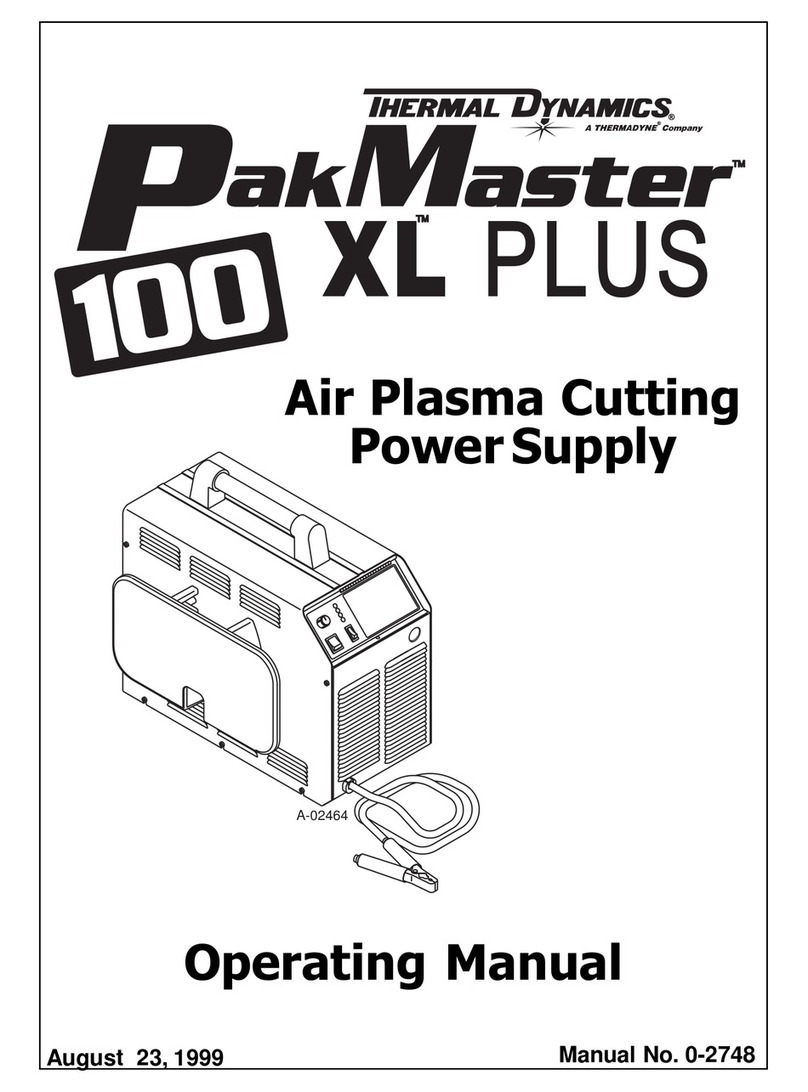
Thermal Dynamics
Thermal Dynamics PakMaster 100 XL plus operating manual
